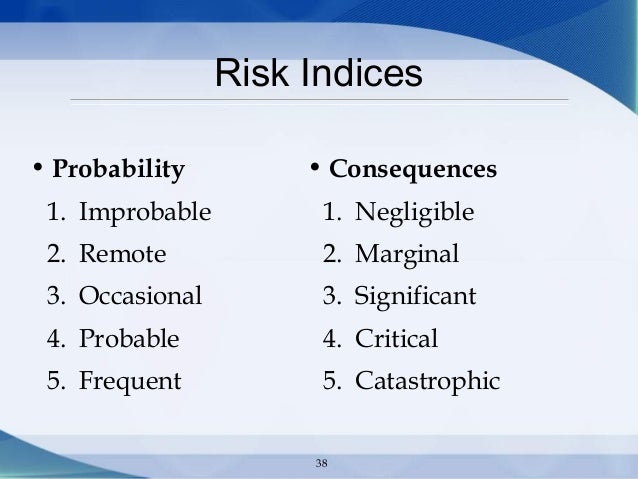

One observation: limiting yourself to a single risk identification activity severely limits the potential risks you can identify for your project.Too little detail may cause you to overlook some critical risks. Level of detail: it can be challenging to determine how detailed your risk exploration and documentation should be.Lack of management support: is your risk identification activity supported from the top down? Any resistance or lack of support can impede identifying risks.Lack of knowledge: if you and your project team lack or can’t access sufficient project, technical, or subject matter expertise, such as applying risk identification tools and techniques, you are likely to struggle with identifying risks.Inadequate planning approach: if your planning approach is not well or fully developed, you may not be able to identify the proper risk areas.Imagination: what limits your project team’s ability to think of all plausible risks?.Identification quality: how precise, accurate, applicable, or relevant is the risk you identified?.Here are ten common barriers outlined by PMI: You may face some barriers that could prevent you from identifying risks. Ten Common Barriers to Risk Identification Having a solid process to identify risks during project execution will help the project team effectively identify risks during the project and avoid schedule overruns, budget overruns, and a volatile stakeholder relationship. New risks or information about existing risks can come up as you progress through your project. Risk identification is especially important during the planning process, but it should continue throughout the life of a project. When & How Often Identify Risk PMP® is used in Projects The Identify Risk PMP® process is used to pinpoint any potential opportunities and threats that could affect elements of a project or its deliverables. Introducing and Defining Identify Risk PMP®


 0 kommentar(er)
0 kommentar(er)
